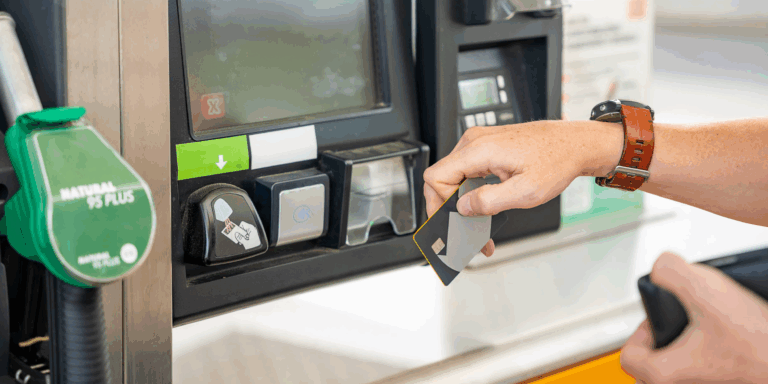
The Importance of Commissioning
Commissioning of any solid fuel appliance is a vital part of the installation process. However, on occasions it can be overlooked. HETAS Inspections Manager Alan Young talks to us about the critical points of the commissioning process.
Guidance
Building Regulations require appliances and flue systems to be tested on completion to ensure safe operation. the guidance in Approved Document J (1.54) states:
In order to document the steps taken to achieve compliance with the requirements, a report should be drawn up showing that materials and components appropriate to the intended application have been used and that flues have passed appropriate tests. A suggested checklist for such a report is given in Appendix A and guidance on testing is given at Appendix E. Other forms of report may be acceptable.
Essentially you are checking that the appliance and flue comply with the requirements of the Building Regulations and are safe for use – smoke testing (refer to ADJ Appendix E), spillage testing (see HETAS Technical Bulletin #10) and flue draught testing (see HETAS Technical Handbook Chapter 5.5.3) all assist in identifying the safe operation of an appliance and flue.
Smoke testing alone may not be sufficient, with smoke knowing to clear satisfactorily with a flue draught as low as 4Pa. Many appliance manufacturers require a flue producing more than -12Pa, and it is important to observe their specific guidance on how and where to take a draught reading. Some now have dedicated test points in the appliance.
As appliances become more efficient in line with Ecodesign and require stricter parameters for efficient combustion, it is important that commissioning test are performed to ensure compliance to manufacturers specific requirements, along with Approved Document L1B (b and c), ensuring the appliance uses no more fuel than required.
The right information for use
Commissioning also includes providing the end user with sufficient information about the installation and where it involves lighting the appliance can be a great way to demonstrate correct operation to the end user. It also provides an opportunity to discuss othet important items such as fuel quality, maintenance requirements, specific installation items (air vents, CO alarms and what to do in an emergency).
What is critical after completing the commissioning and handover process, is to document the results for any future reference. A copy should be retained by both consumer and installer and ideally signed by the consumer accepting they have understood the handover. Should an issue occur in the future, a commissioning document will act as a reference stating what tests have been conducted and the results on the day of completion.
Checklist
Many manufacturers include commissioning checklists in installation/user instructions which have to be completed by the installer to activate any warranty. HETAS also produce commissioning pads (25 pack or 10 pack) to document the commissioning test results and handover process. The pads are duplicate (one for the installer, one for the consumer) and include an end user signature, along with helpful reference information and safety guidance.
These can be purchased by HETAS Registered Installers through the HETAS Shop or by contacting us on 01684 278170. it is important to note that a Certificate of Compliance does not document Commissioning Test results and all new appliances and flues still require the appropriate notification.
Inspections
HETAS Inspectors are readily promoting the use of commissioning documents and will ask for, or discuss, the benefits of using such forms on inspection. If it cannot be evidenced during an inspection that commissioning has taken place, this is recorded as a non-conformance.
For further guidance on commissioning contact the HETAS Technical Helpline.



